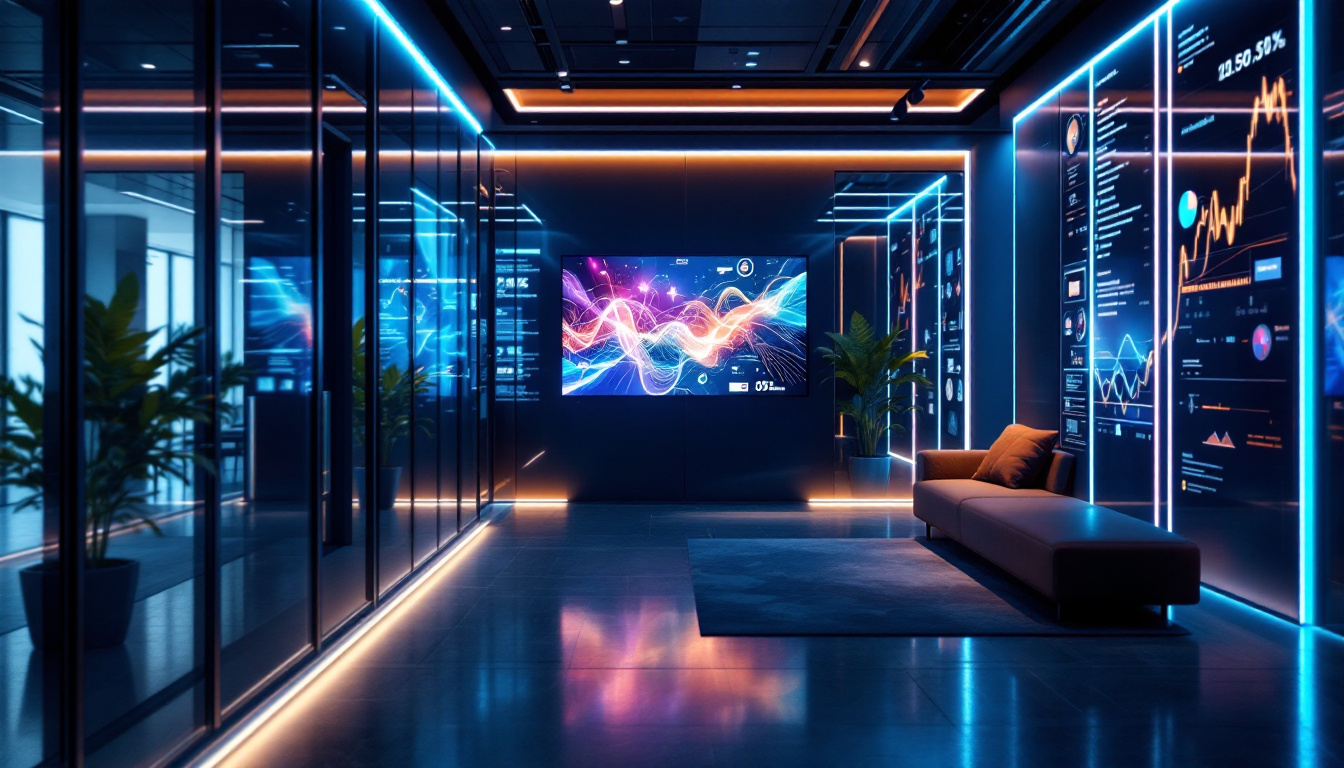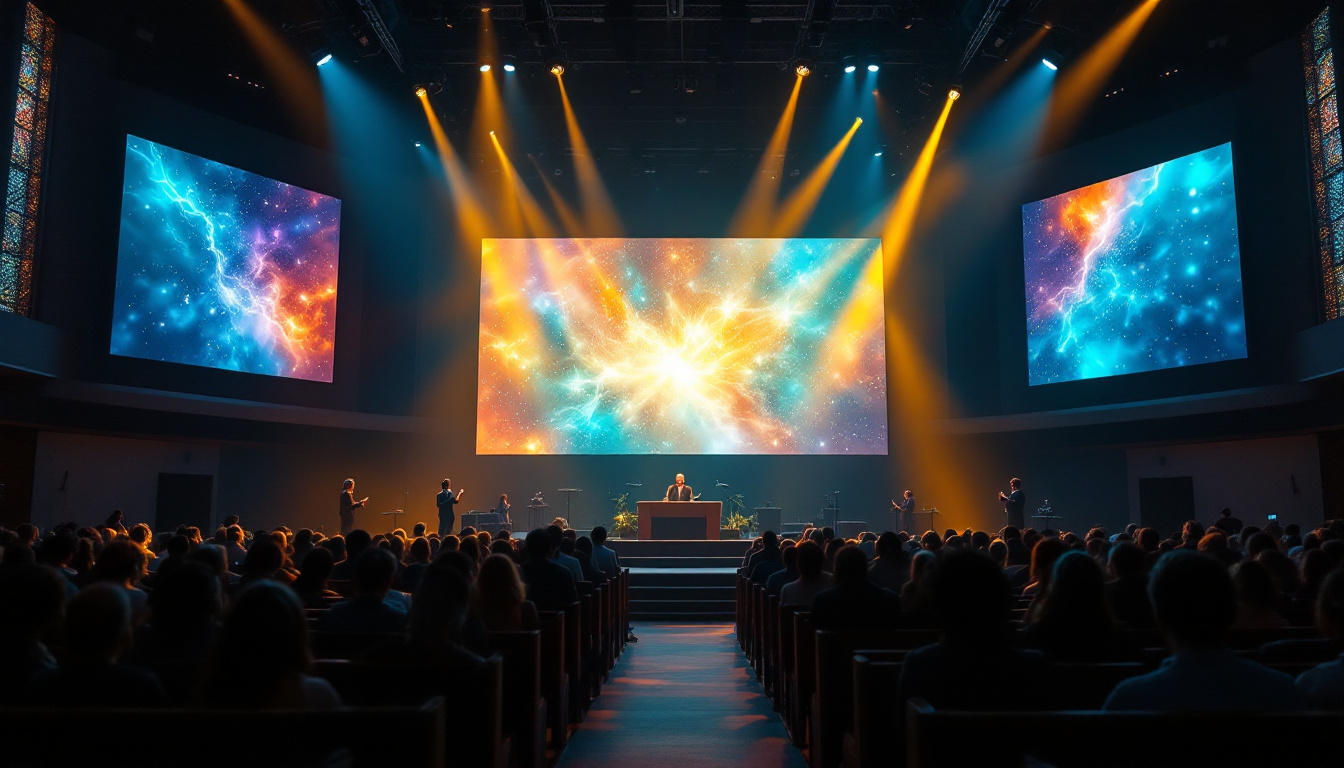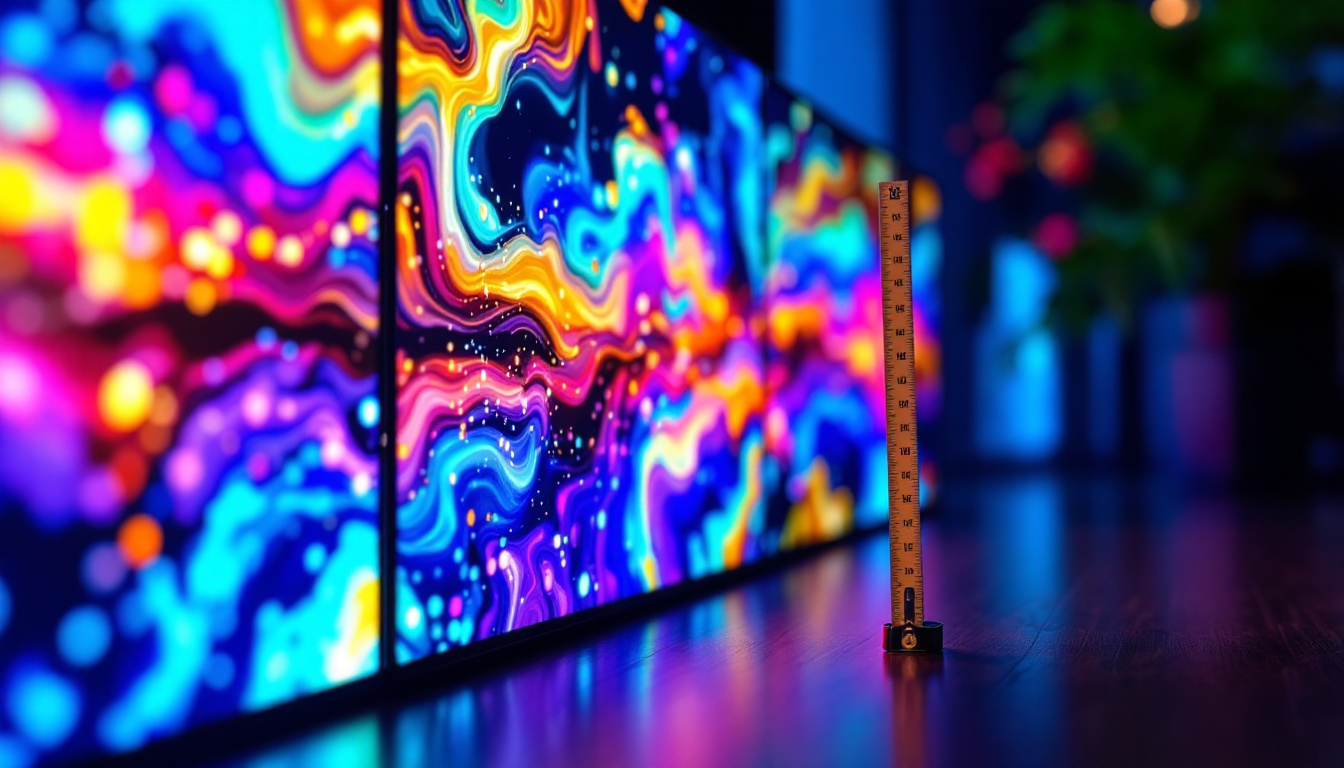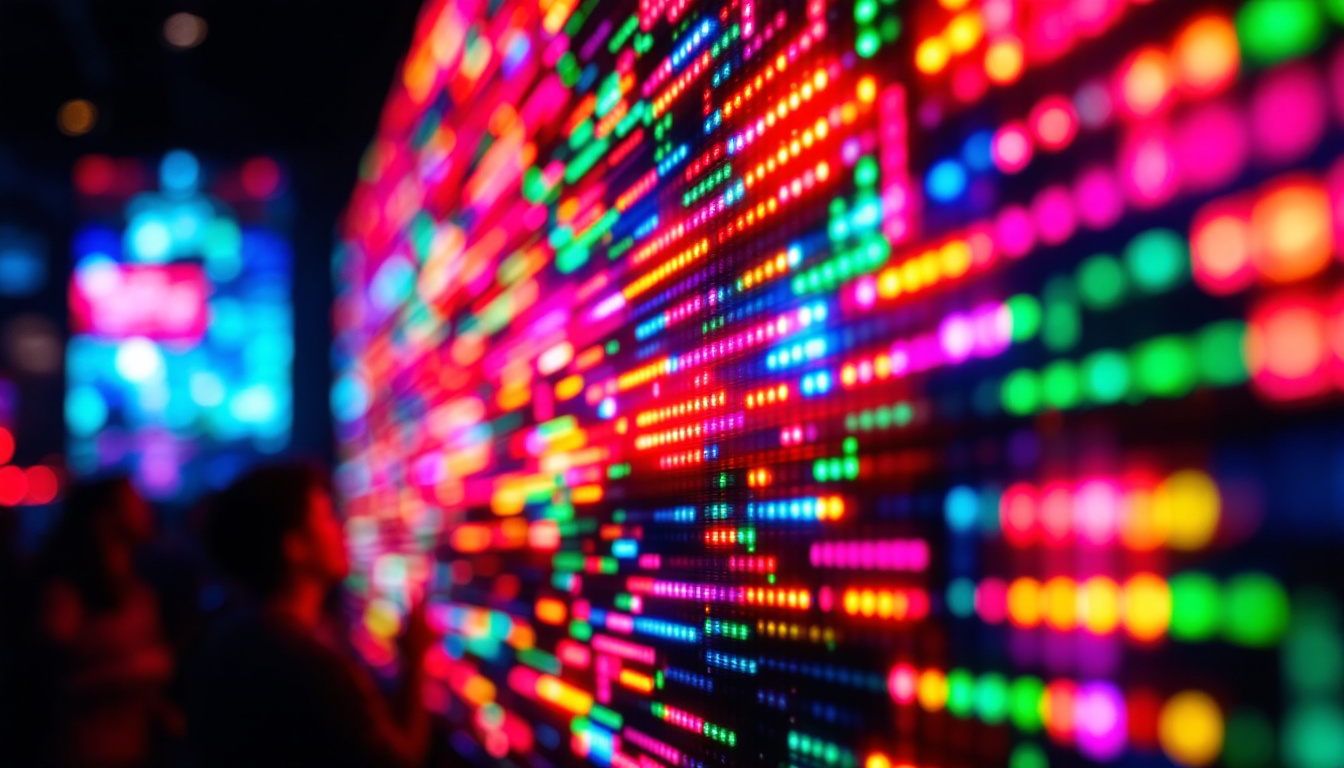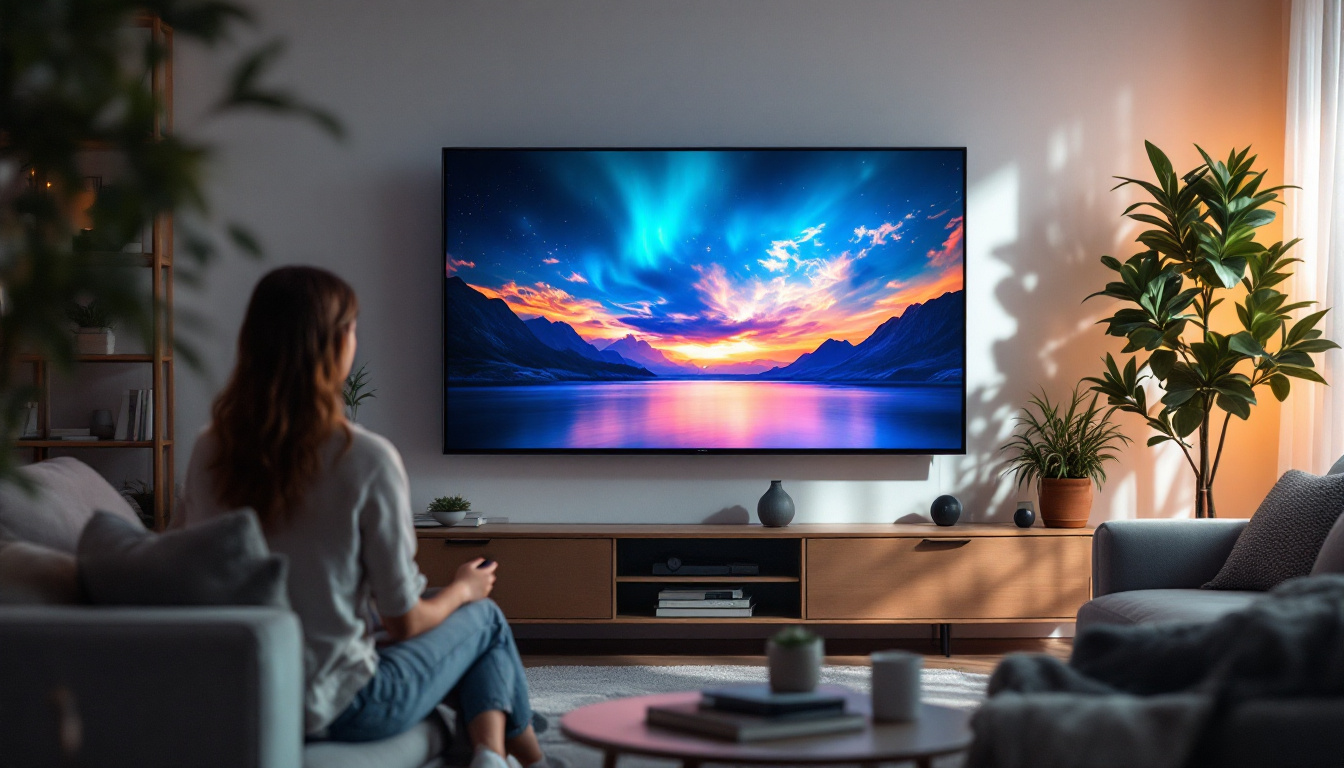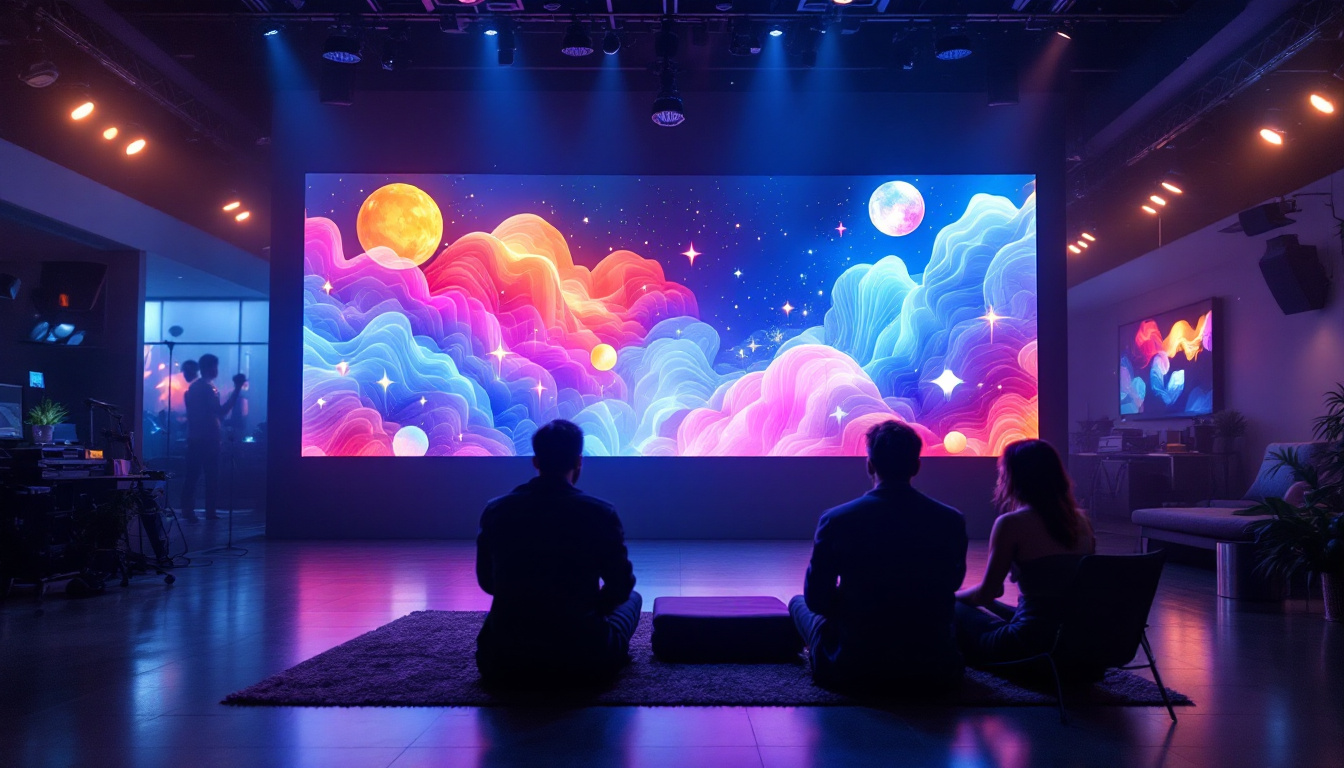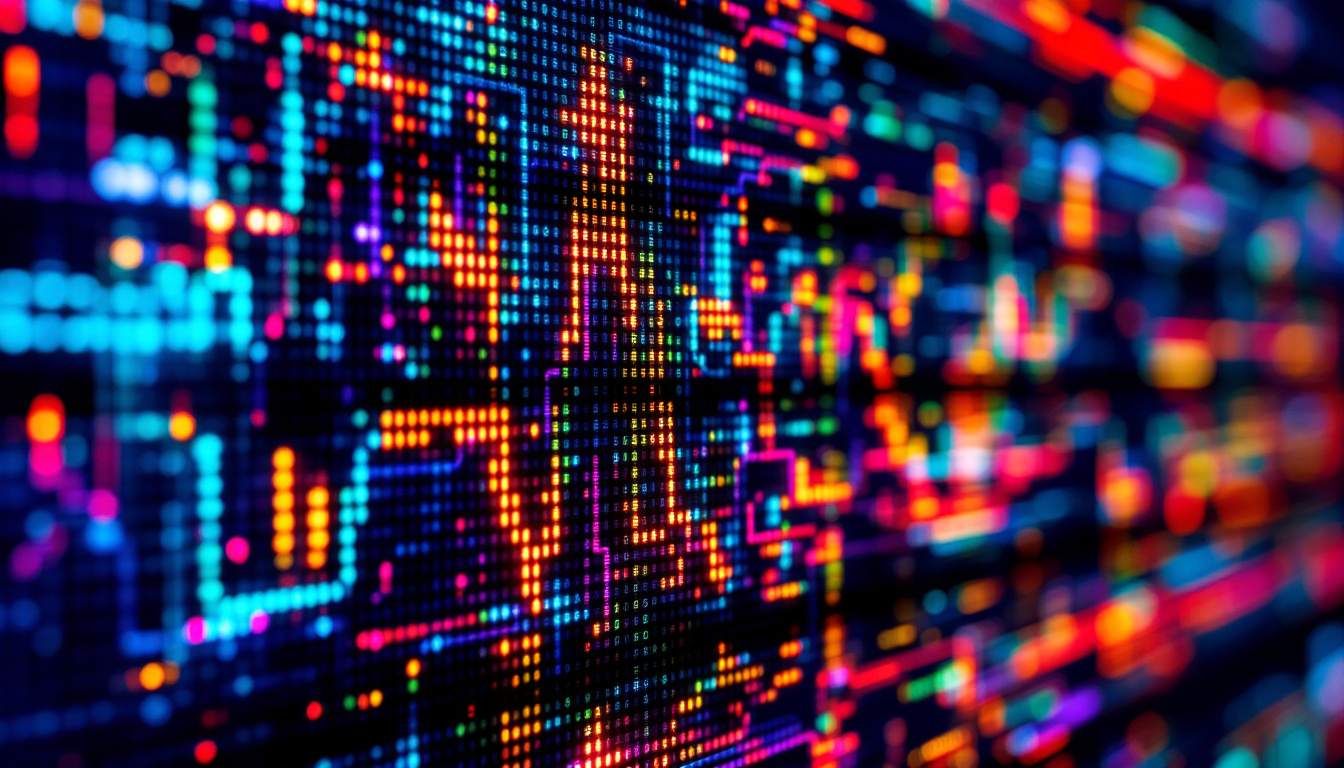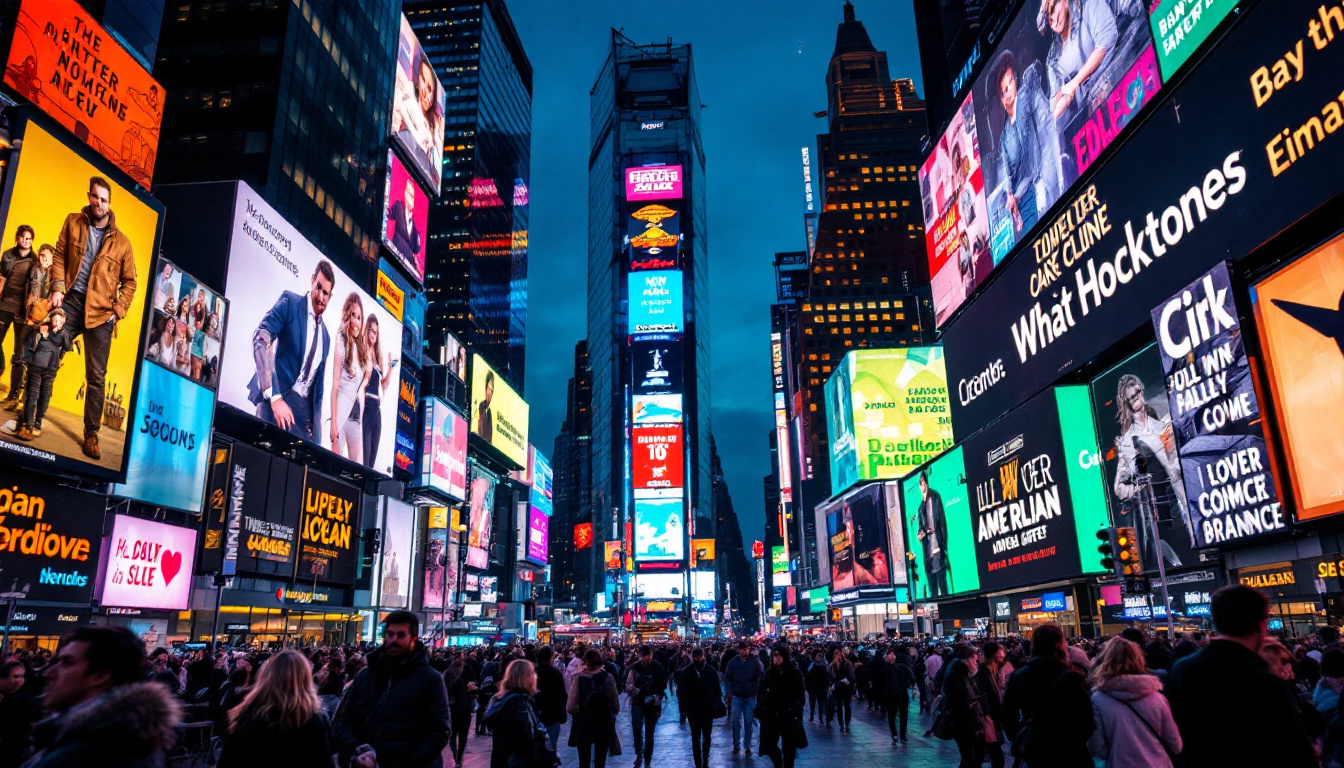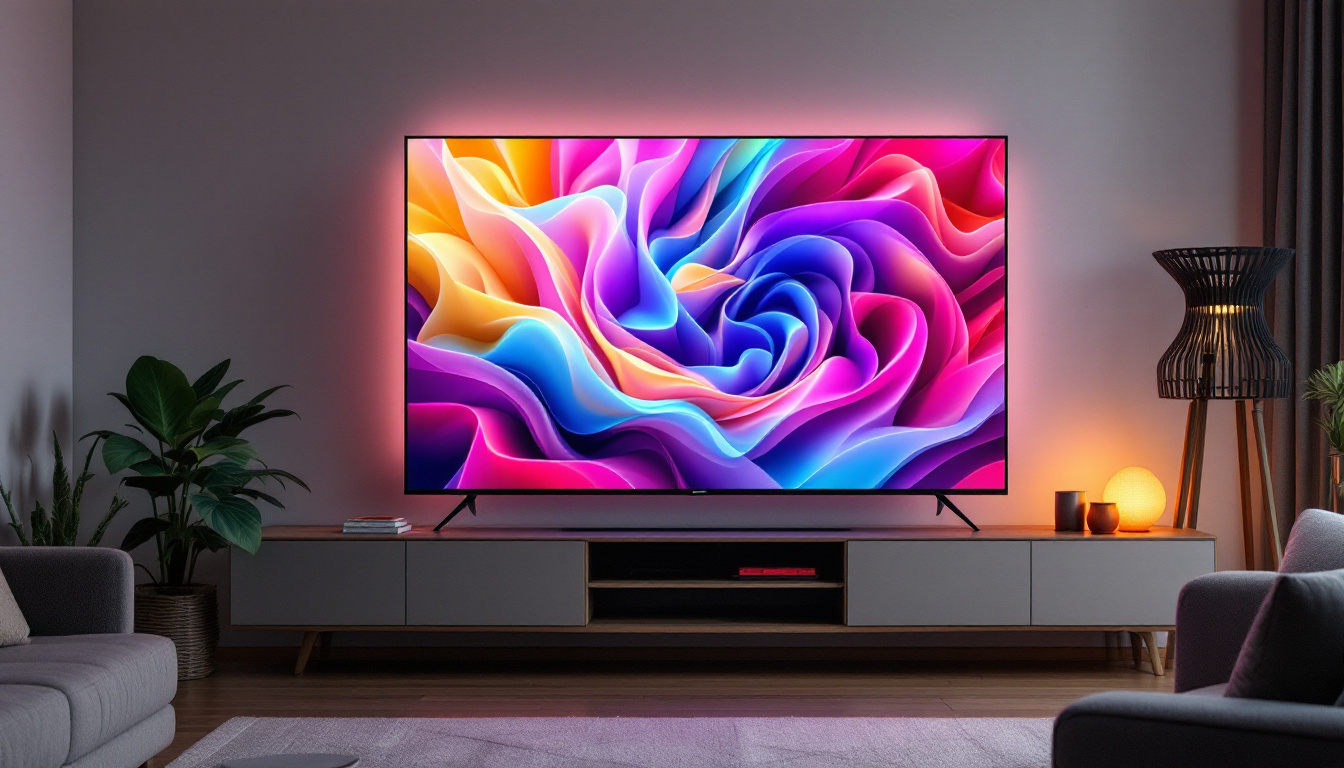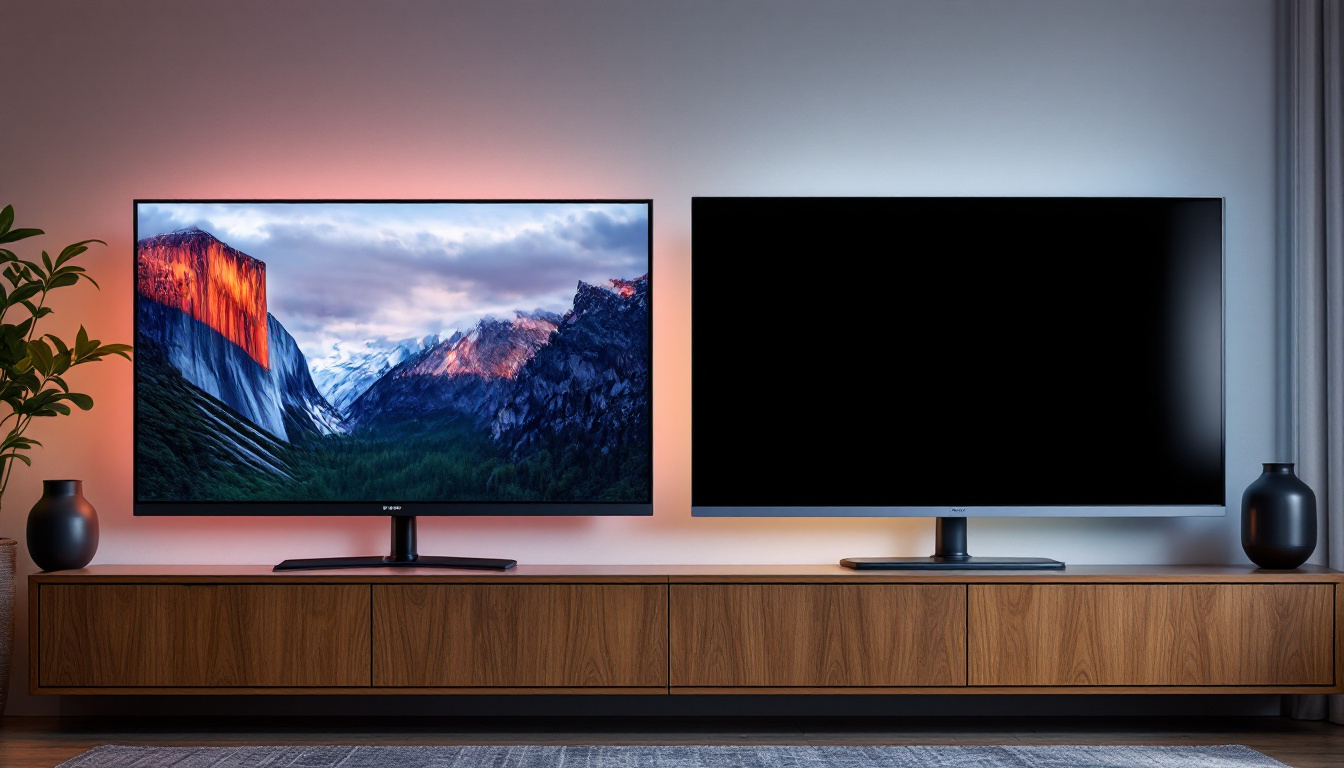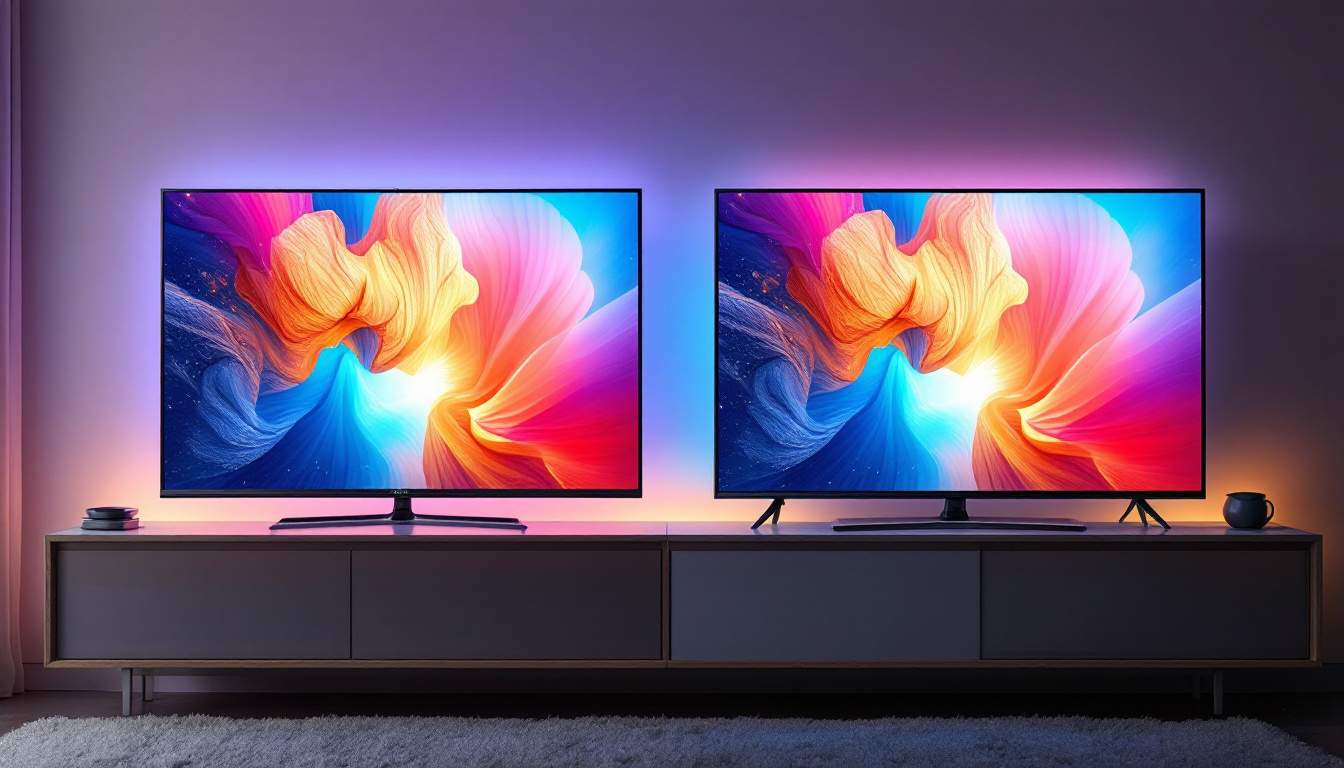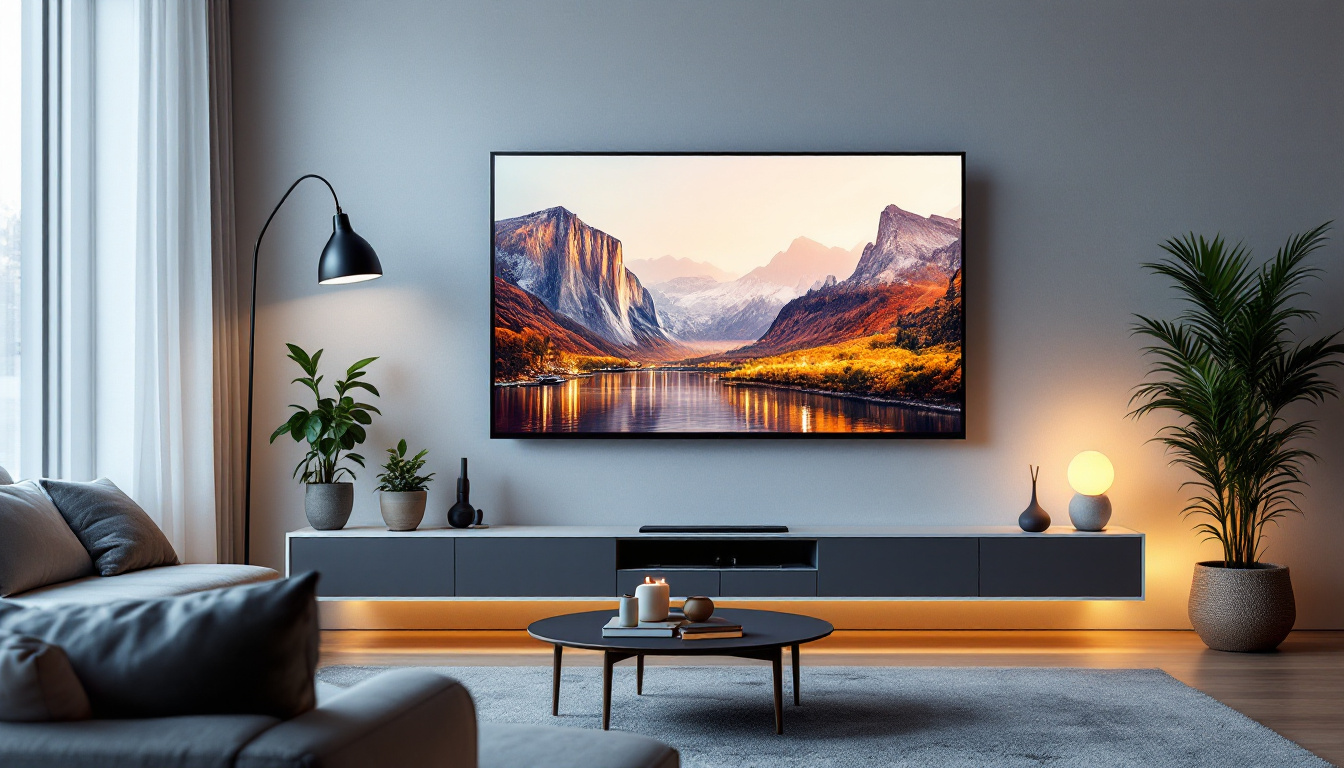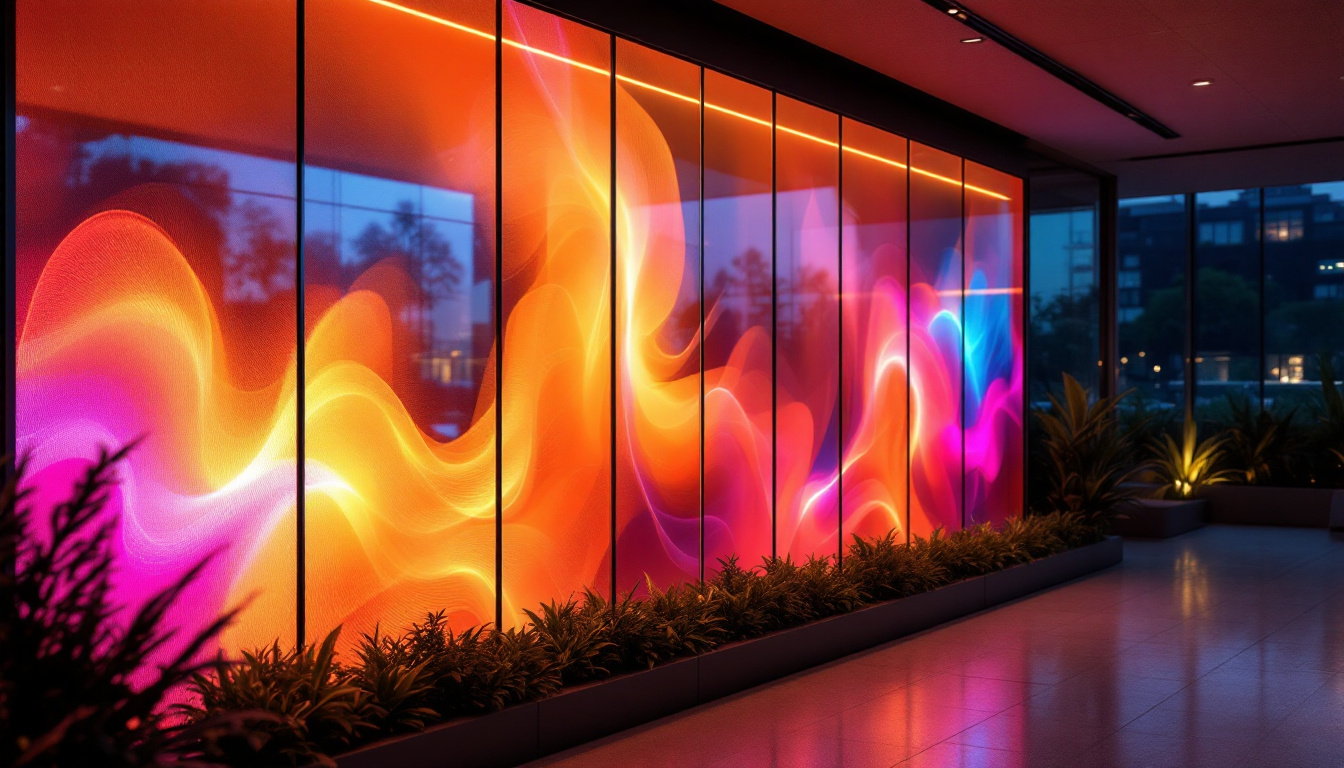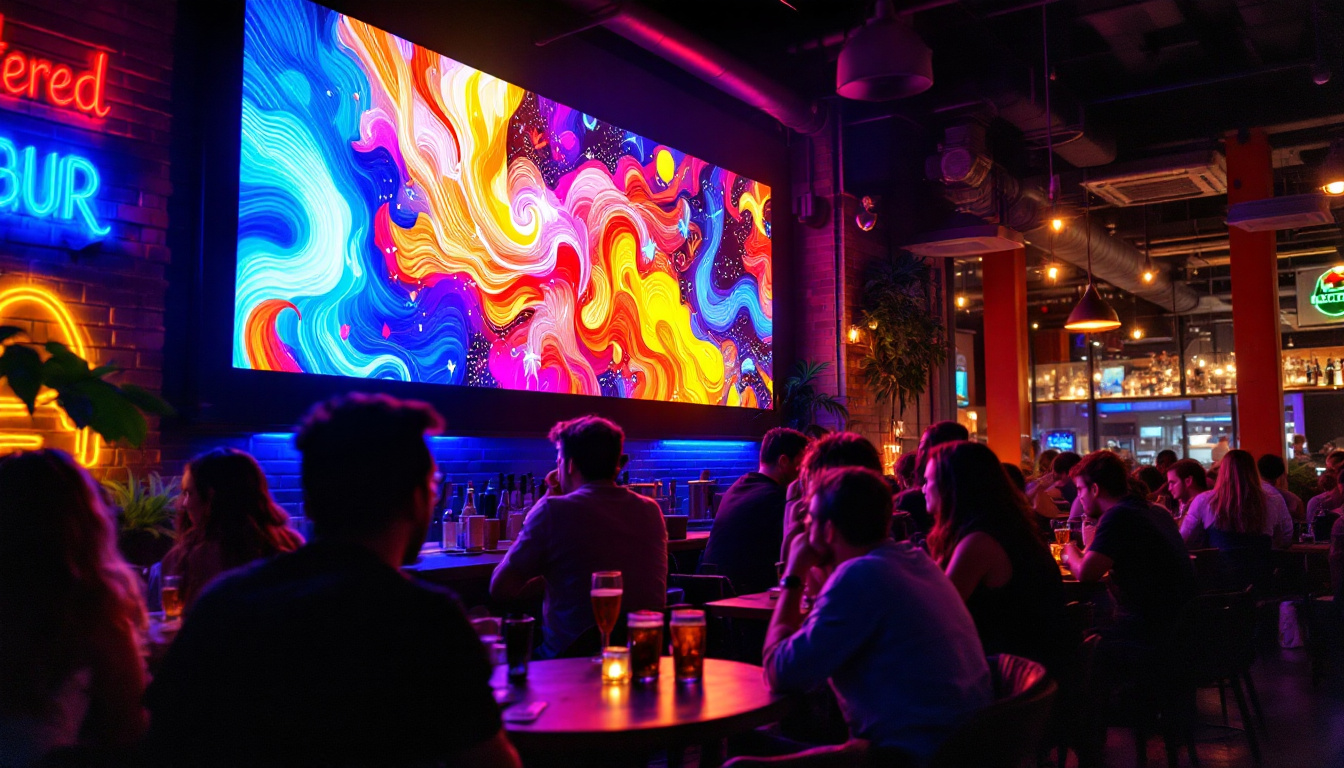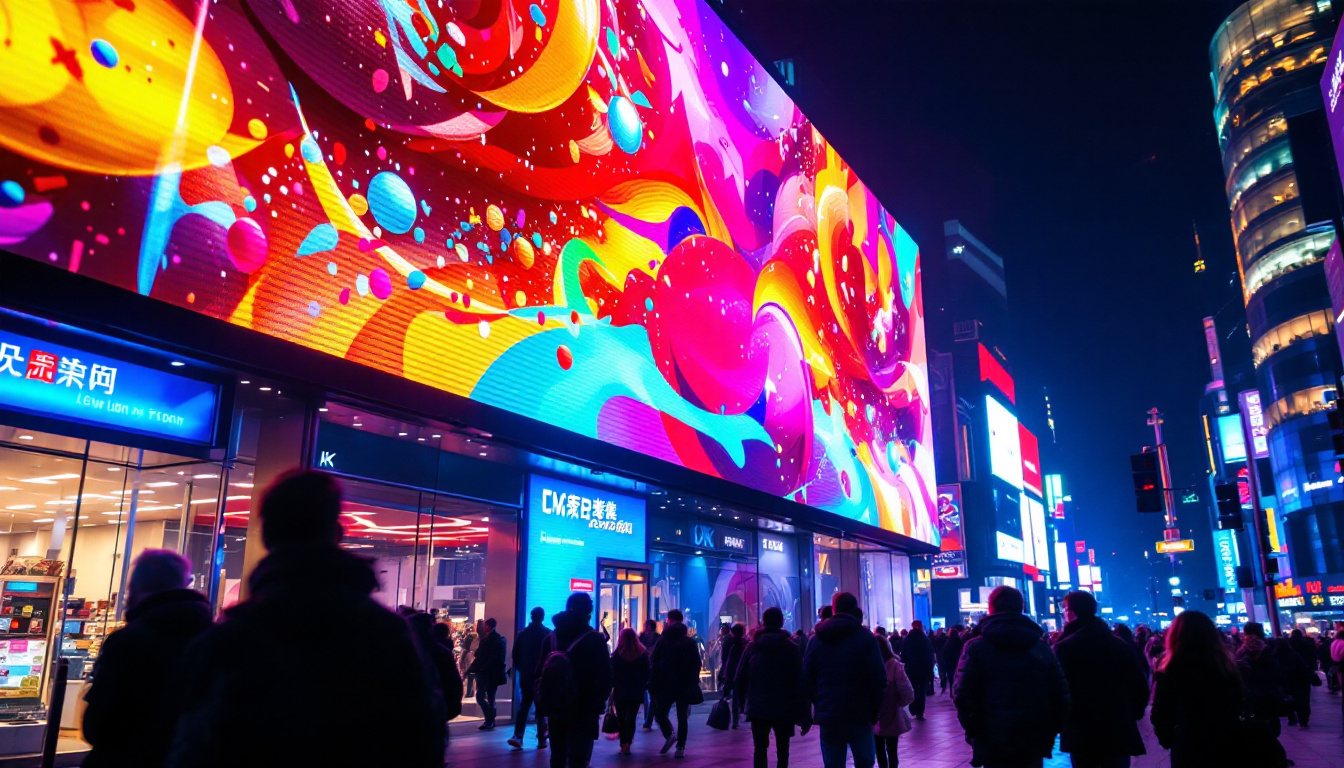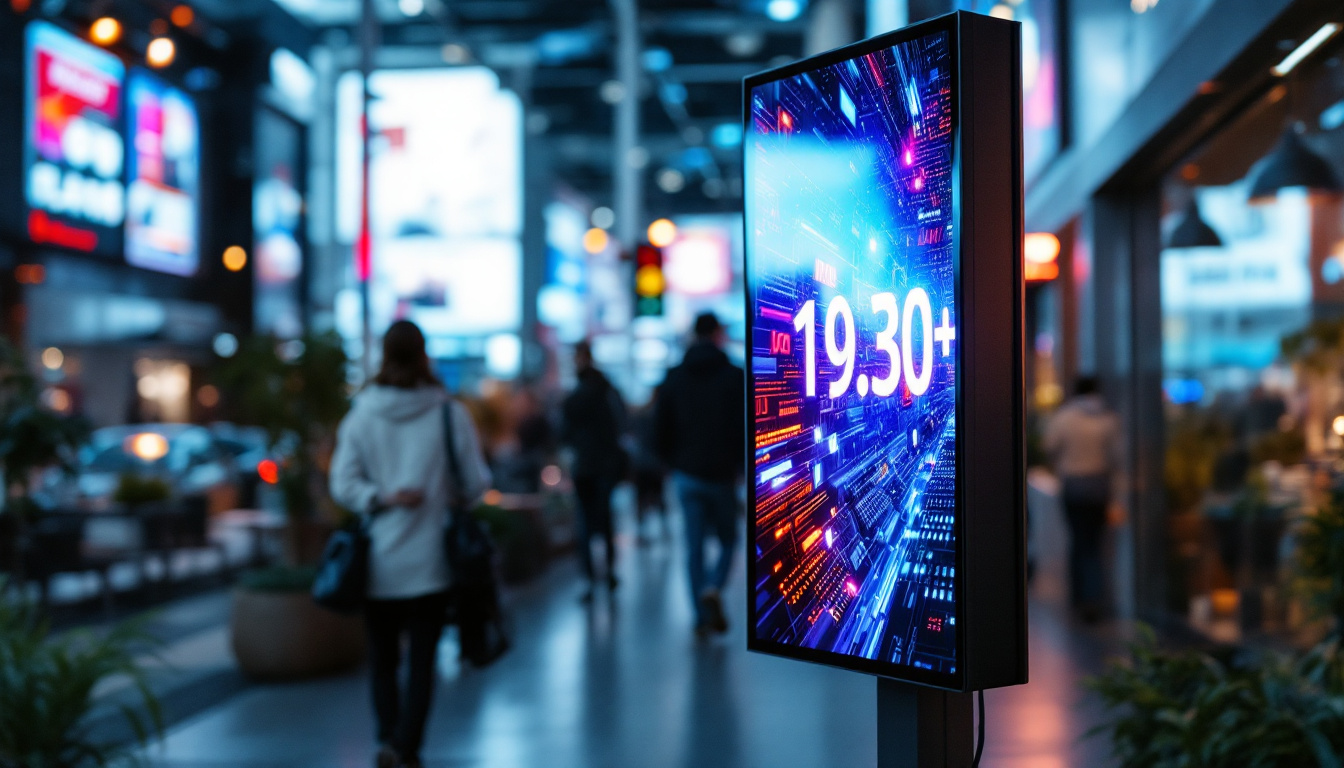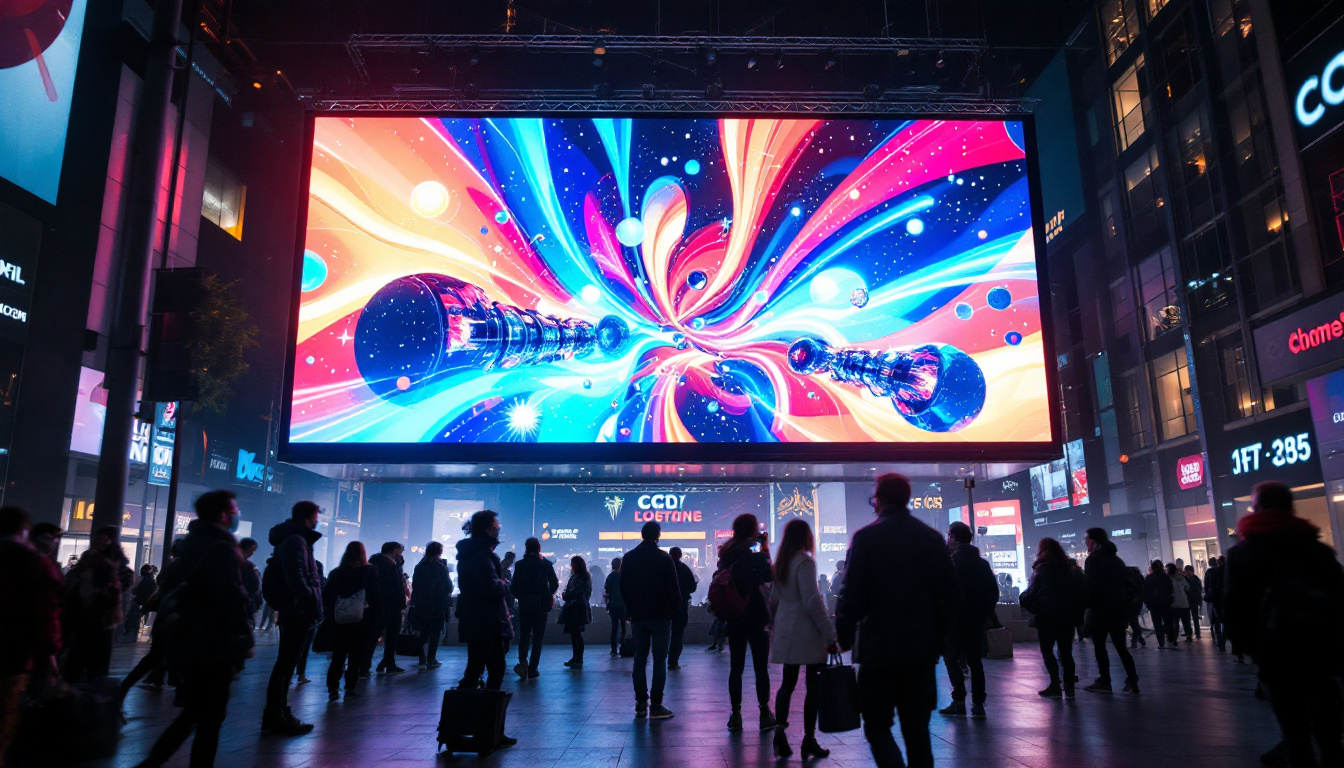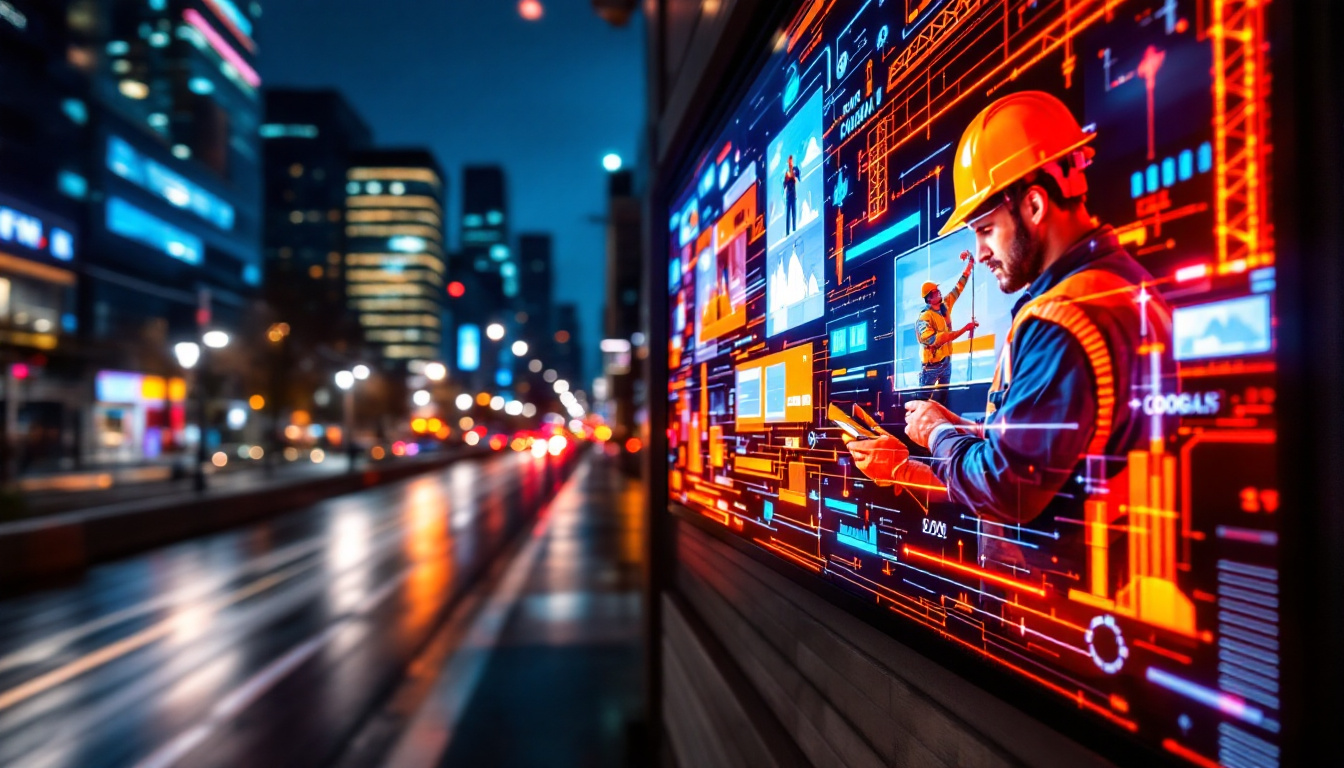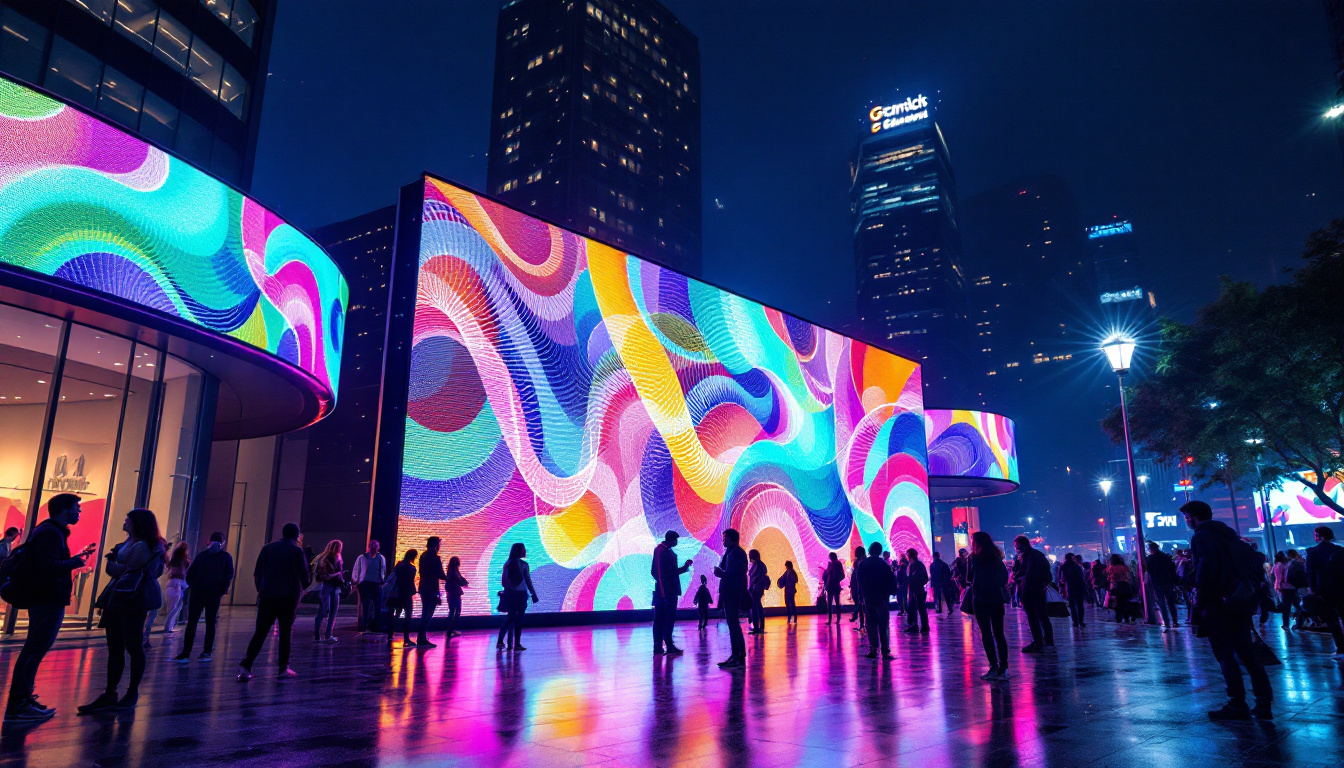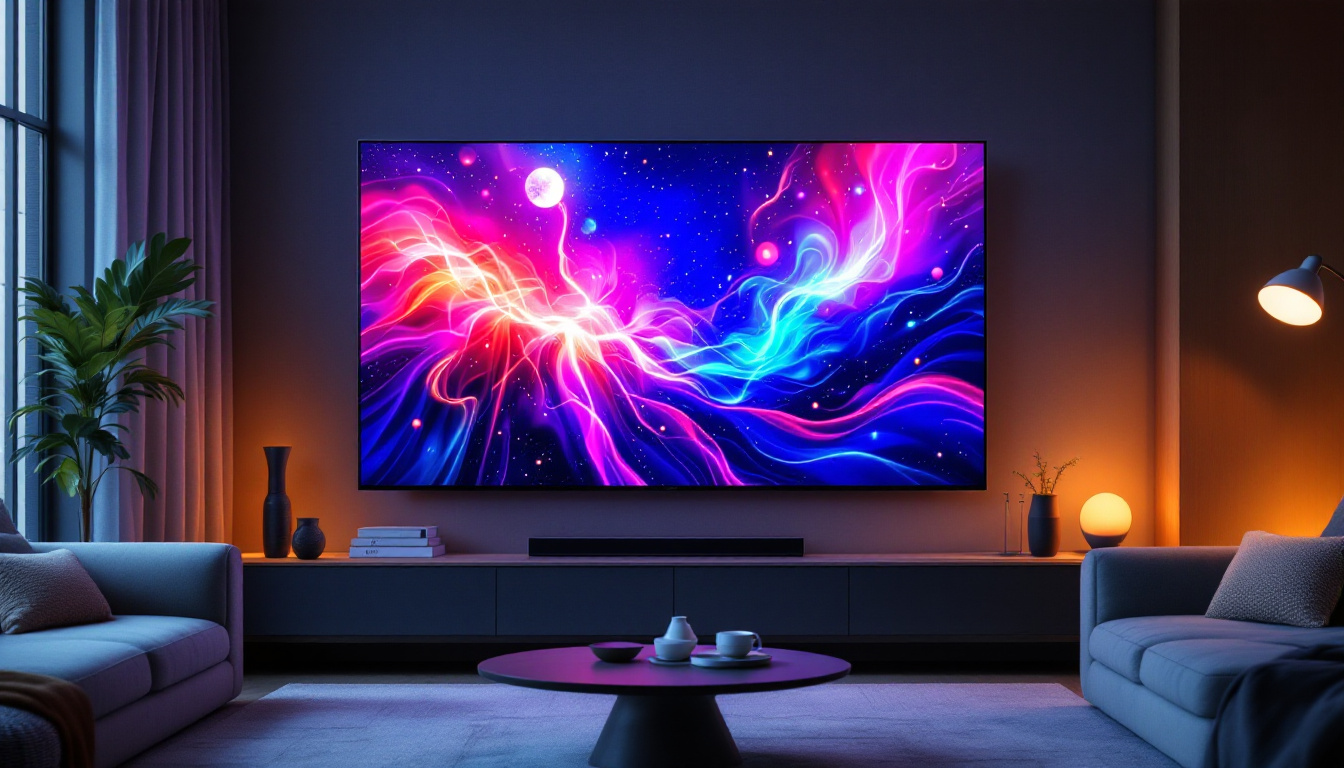In today’s fast-paced digital world, the integration of technology into everyday environments has become more prevalent than ever. One of the most exciting advancements in this realm is the development of smart panelling with LED displays. This innovative technology not only enhances aesthetics but also offers a range of functionalities that can transform how spaces are utilized. This article delves into the intricacies of smart panelling and LED displays, exploring their features, benefits, and applications.
Understanding Smart Panelling
Smart panelling refers to wall or surface panels that incorporate advanced technology, such as LED displays, touch sensors, and connectivity features. These panels are designed to provide dynamic visual experiences while serving practical purposes in various environments, from homes to commercial spaces.
What Makes Smart Panelling Unique?
At its core, smart panelling combines traditional materials with modern technology. Unlike standard wall panels, smart panels can change colors, display information, and even interact with users. This interactivity is achieved through embedded sensors and connectivity options, allowing users to control the display through smartphones or other devices.
The uniqueness of smart panelling lies in its versatility. It can be used in various settings, including offices, retail spaces, and homes, adapting to the specific needs of each environment. Whether it’s displaying advertisements in a store or providing ambient lighting in a living room, smart panelling can enhance the overall experience. Moreover, the aesthetic appeal of these panels can transform a mundane wall into a vibrant canvas, making them not just functional but also a focal point in interior design.
Key Features of Smart Panelling
Smart panelling systems come equipped with several notable features that set them apart from traditional wall coverings. These include:
- Dynamic Display: The ability to change visuals in real-time allows for endless customization.
- Touch Interactivity: Many smart panels feature touch-sensitive surfaces, enabling users to interact directly with the display.
- Connectivity: Integration with smart home systems and IoT devices enhances functionality and user experience.
In addition to these features, smart panelling often includes energy-efficient technologies, such as low-power LED lighting, which not only reduces electricity consumption but also contributes to a more sustainable living environment. Furthermore, some smart panels can be programmed to respond to environmental changes, such as adjusting their brightness based on the time of day or the amount of natural light in the room. This adaptability not only improves comfort but also promotes energy savings, making smart panelling an eco-friendly choice for modern architecture.
Another exciting aspect of smart panelling is its potential for integration with augmented reality (AR) applications. This capability can transform a simple wall into an interactive experience, where users can engage with digital content overlaid on the physical environment. For instance, in educational settings, smart panels can display interactive lessons that students can manipulate, enhancing learning through visual and tactile engagement. This fusion of technology and design is paving the way for innovative solutions that cater to the evolving needs of both residential and commercial spaces.
The Role of LED Displays in Smart Panelling
LED displays are at the heart of smart panelling technology. Their ability to produce vibrant colors and high-quality images makes them ideal for various applications. Understanding how LED displays work and their advantages is crucial for appreciating their role in smart panelling.
How LED Displays Function
LED (Light Emitting Diode) displays operate by using semiconductor technology to emit light when an electric current passes through them. This process allows for the creation of bright, colorful images with excellent contrast. The pixels in an LED display are made up of tiny diodes that can be individually controlled, enabling the display to show a wide range of colors and animations.
LED technology has evolved significantly over the years, leading to the development of various types of displays, including OLED (Organic LED) and MicroLED. These advancements have further enhanced the quality and versatility of LED displays, making them suitable for smart panelling applications. For instance, OLED displays offer deeper blacks and improved viewing angles, while MicroLED technology promises even greater efficiency and pixel density, paving the way for ultra-high-definition visuals in smart environments.
Advantages of LED Displays in Smart Panelling
Integrating LED displays into smart panelling offers numerous advantages:
- Energy Efficiency: LED displays consume less power compared to traditional display technologies, making them environmentally friendly.
- Longevity: LED technology boasts a longer lifespan, reducing the need for frequent replacements.
- High Brightness: LED displays provide exceptional brightness, ensuring visibility even in well-lit environments.
Moreover, the flexibility of LED displays allows for innovative designs in smart panelling. They can be seamlessly integrated into various surfaces, from walls to furniture, creating immersive environments that enhance user experience. This adaptability enables architects and designers to push the boundaries of creativity, crafting spaces that are not only functional but also visually stunning. Additionally, the rapid response time of LED displays facilitates real-time updates and dynamic content, making them ideal for environments that require constant information flow, such as corporate offices, retail spaces, and public installations.
Furthermore, the interactive capabilities of LED displays can transform traditional panelling into engaging platforms. By incorporating touch-sensitive technology, these displays can respond to user inputs, allowing for personalized interactions and enhanced connectivity. This interactivity not only captivates users but also fosters a more engaging atmosphere, whether in a smart home setting or a commercial environment. As smart panelling continues to evolve, the integration of LED displays will undoubtedly play a pivotal role in shaping the future of interactive and intelligent spaces.
Applications of Smart Panelling with LED Displays
The applications of smart panelling with LED displays are vast and varied, spanning multiple industries and environments. From enhancing user experiences to improving functionality, these panels serve numerous purposes.
Commercial Spaces
In retail environments, smart panelling can be used for advertising and promotions. Dynamic displays can showcase products, offer discounts, and even engage customers through interactive features. This not only attracts attention but also enhances the shopping experience by providing relevant information in real-time.
Moreover, smart panelling can be utilized in corporate settings for presentations and information sharing. The ability to display data visually can enhance communication during meetings and conferences, making information more accessible and engaging. These panels can also be programmed to display company branding or important announcements, ensuring that employees and visitors alike are always informed and connected to the corporate culture.
Residential Use
In homes, smart panelling can transform living spaces into interactive environments. For instance, a smart panel in the living room can display artwork, change colors based on the mood, or even provide information like weather updates and news. This versatility allows homeowners to personalize their spaces while adding a touch of modern technology.
Additionally, smart panelling can integrate with home automation systems, allowing users to control lighting, temperature, and security features through a single interface. This level of control enhances convenience and improves the overall quality of life. For example, a smart panel in the kitchen can display recipes, manage grocery lists, or even stream cooking tutorials, making meal preparation a more enjoyable and interactive experience. Furthermore, these panels can serve as a central hub for family communication, displaying calendars, reminders, and even photos, fostering a sense of connection among family members.
Challenges and Considerations
While the benefits of smart panelling with LED displays are numerous, there are also challenges and considerations to keep in mind when implementing this technology.
Cost Implications
The initial investment for smart panelling can be significant, especially when compared to traditional wall coverings. The cost of LED technology, along with the integration of smart features, can deter some potential users. However, it is essential to consider the long-term benefits and savings that come from energy efficiency and reduced maintenance.
Technical Expertise
Implementing smart panelling requires a certain level of technical expertise. Users may need to familiarize themselves with the technology and its functionalities to maximize its potential. This learning curve can be a barrier for some, particularly in residential settings where users may not have prior experience with smart technology.
The Future of Smart Panelling
The future of smart panelling with LED displays looks promising, with ongoing advancements in technology and design. As the demand for interactive and customizable environments continues to grow, manufacturers are likely to innovate further, enhancing the capabilities and applications of smart panelling.
Emerging Trends
Several trends are emerging in the realm of smart panelling:
- Integration with Augmented Reality (AR): Future smart panels may incorporate AR technology, allowing users to interact with digital elements in their physical environment.
- Sustainable Materials: As environmental concerns rise, manufacturers are exploring eco-friendly materials for smart panelling, making it a more sustainable choice.
- AI Integration: Artificial intelligence could enable smarter interactions, allowing panels to learn user preferences and adjust displays accordingly.
Conclusion
Smart panelling with LED displays represents a significant leap forward in the integration of technology into our environments. Its ability to enhance aesthetics, provide interactivity, and offer practical functionalities makes it an attractive option for both commercial and residential applications. As technology continues to evolve, the potential for smart panelling is limitless, paving the way for more innovative and engaging spaces.
In a world where technology is increasingly becoming an integral part of our daily lives, embracing smart panelling is not just a trend; it is a step toward a more connected and interactive future.
Discover the Future of Visual Experience with LumenMatrix
As you consider the transformative potential of smart panelling with LED displays, LumenMatrix stands at the forefront of this technological evolution. Our commitment to innovation is reflected in our diverse range of LED display solutions, from Indoor and Outdoor LED Wall Displays to specialized options like Vehicle, Sports, and Floor LED Displays. We also offer Custom and All-in-One LED Displays, as well as cutting-edge LED Transparent Displays. Embrace the future of interactive and dynamic environments with LumenMatrix, and let us help you create visual experiences that captivate and engage. Check out LumenMatrix LED Display Solutions today and see how we can illuminate your world with unparalleled clarity and impact.

